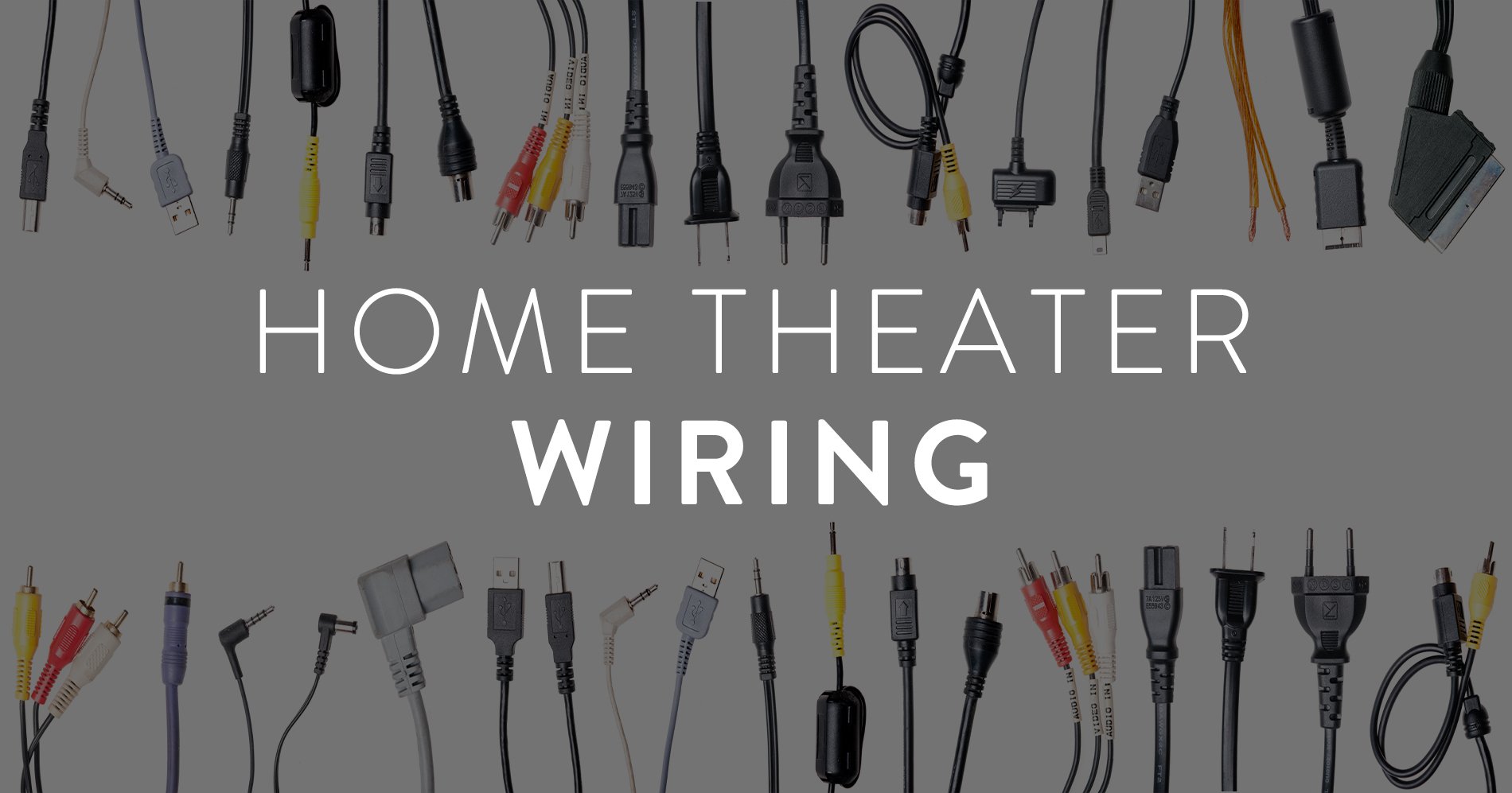Revolutionizing Broadcasting through Innovative Sound over Internet Protocol Solutions for a Integrated Future
Revolutionizing Broadcasting through Innovative Sound over Internet Protocol Solutions for a Integrated Future
Blog Article
This realm of media is experiencing a significant shift due to cutting-edge audio via IP (AoIP) solutions. These developments are changing how audio programming is created, distributed, and received. Audio over IP refers to the approach of transmitting audio signals over a computer system, using Internet Protocol (IP) instead of conventional analog techniques. This transition not only improves the quality of audio delivery but also provides media professionals with greater freedom and authority over their programming.
A single major benefit of audio over IP systems is its ability to link various devices and technologies seamlessly. Classic broadcasting often relied on complex wiring and physical links, which could be cumbersome and restrictive. With AoIP, broadcasters can easily interface microphones, audio consoles, and other devices through a common infrastructure. This integration allows for remote broadcasting and live transmissions from virtually any place, making it easier to connect with listeners across the globe. As a consequence, broadcasters can respond quickly to current issues and audience requests, leading to more dynamic and captivating content.
Additionally, AoIP technology supports high-quality audio standards that improve the auditory encounter. In contrast to conventional broadcasting techniques, which may compromise sound quality, audio over IP can maintain the purity of the audio stream during the delivery process. This means that audiences can experience crisper and more detailed sound, whether they are tuning in via radio, streaming online, or using mobile devices. The ability to deliver premium audio is particularly crucial for musical and discussion programs, where each detail matters to the audience.
Moreover, the implementation of audio over IP technologies can lead to cost savings for broadcasters. By using existing network infrastructure, organizations can eliminate the need for expensive hardware and extensive cabling. This not only lowers initial costs but also lowers operational costs over time. Media firms can distribute resources more effectively, focusing on production and human resources growth. As a result, the entire broadcasting industry can benefit from increased innovation and creativity, as funds are reallocated toward enhancing programming and interacting with listeners.
In summary, the transition towards audio over IP systems is changing the media landscape. By allowing smooth links, improving audio standards, this link and reducing costs, AoIP is paving the way for a more connected future in broadcasting. As media organizations continue to adjust to these developments, they will be more prepared to satisfy the demands of their audiences, create compelling content, and stay competitive in an constantly changing industry. The prospects of broadcasting is promising, and audio over IP will play a crucial role in defining the manner in which we interact with audio programming in the future to come.